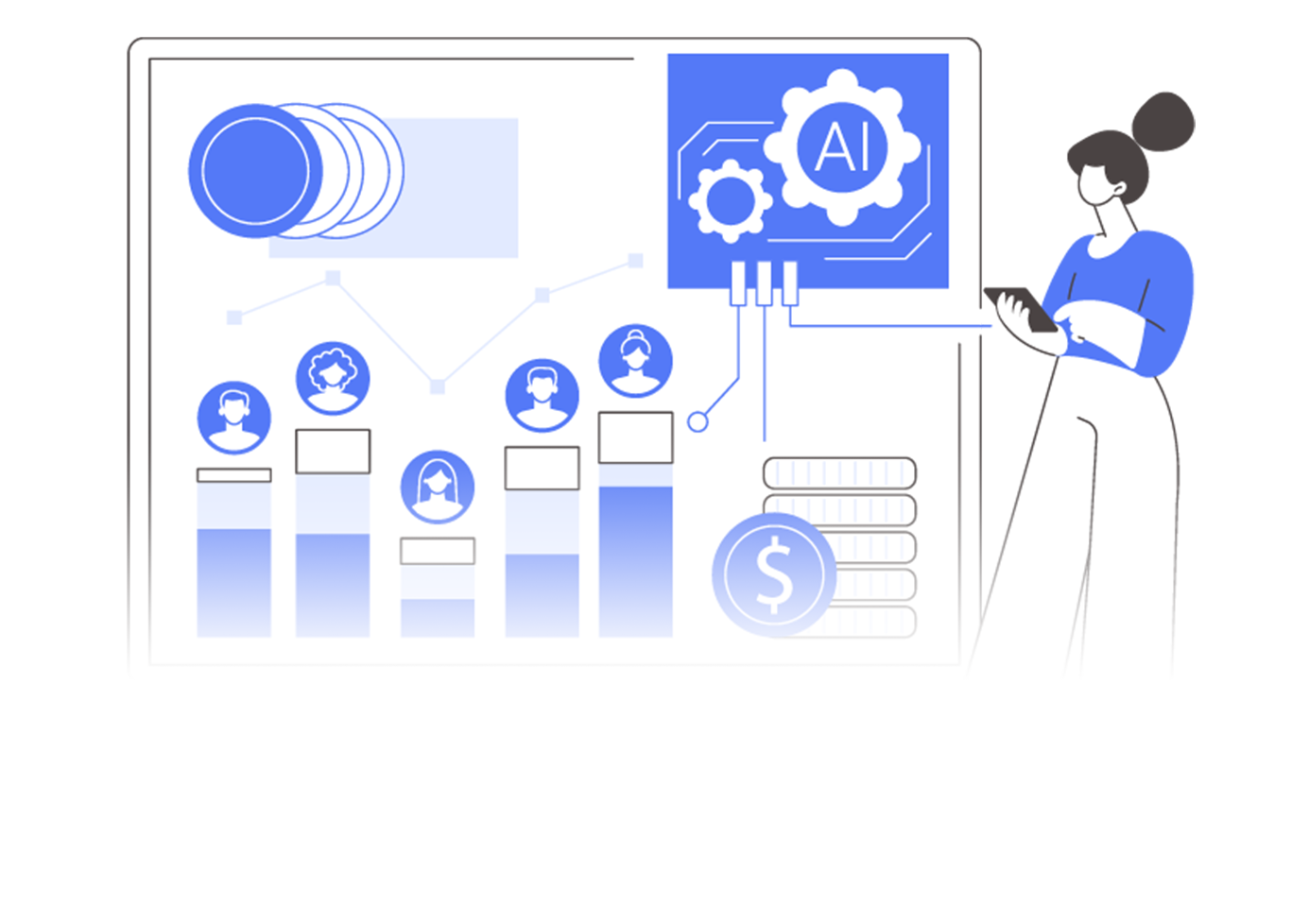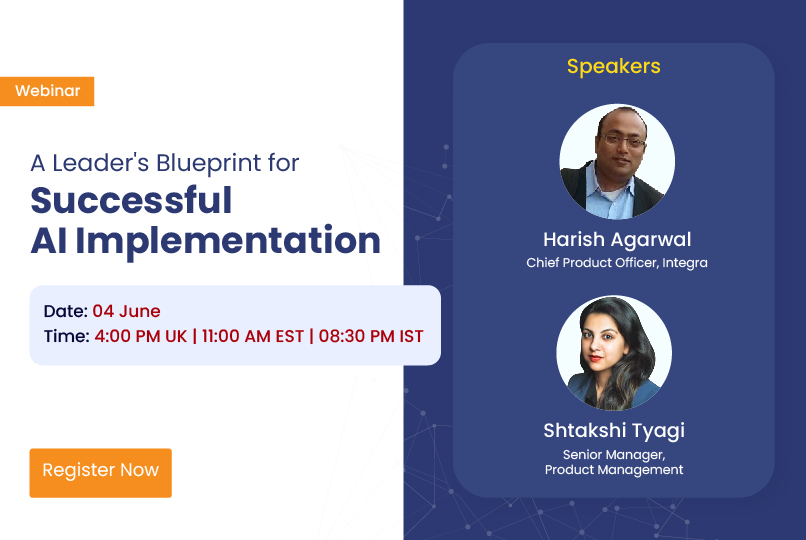Author: Nikhil. Mahamuni
Predictive Analytics VS Traditional Business Forecasting: A Comprehensive Guide
Forecasting is the lifeblood of any successful business. Whether it’s predicting demand, managing inventory, or optimizing marketing campaigns, the ability to anticipate future trends empowers informed decision-making and drives profitability. But the world of forecasting isn’t static. As data volumes explode and technology evolves, predictive analytics is emerging as a powerful challenger to traditional forecasting methods.
For decades, businesses relied on statistical models and time series analysis to forecast future outcomes. These techniques, while valuable, were largely limited to historical data and often struggled to account for external factors and complex relationships. The rise of Big Data and Artificial Intelligence (AI) paved the way for a new era of forecasting, one that delves deeper, predicts more accurately, and unlocks invaluable insights.
Predictive Analytics vs. Traditional Business Forecasting: A Data-Driven Future
Forecasting is the lifeblood of any successful business. Whether it’s predicting demand, managing inventory, or optimizing marketing campaigns, the ability to anticipate future trends empowers informed decision-making and drives profitability. But the world of forecasting isn’t static. As data volumes explode and technology evolves, predictive analytics is emerging as a powerful challenger to traditional forecasting methods. Although 80% to 90% of all planning tasks can be automated, many industries still rely on manual forecasting.
The Evolution of Business Forecasting
For decades, businesses relied on statistical models and time series analysis to forecast future outcomes. These techniques, while valuable, were largely limited to historical data and often struggled to account for external factors and complex relationships. The rise of Big Data and Artificial Intelligence (AI) paved the way for a new era of forecasting, one that delves deeper, predicts more accurately, and unlocks invaluable insights.
Understanding Traditional Business Forecasting
Traditional forecasting methods like linear regression, moving averages, and exponential smoothing analyze historical trends to extrapolate future values. While these methods are readily available and require minimal investment, they often produce limited insights and struggle with unforeseen events or disruptive changes. For example, traditional forecasting might struggle to predict the impact of a viral marketing campaign or a sudden shift in consumer preferences.
Exploring Predictive Analytics
Predictive analytics takes forecasting to a whole new level. It leverages machine learning algorithms to analyze vast amounts of data, including both historical and external sources like social media sentiment, weather patterns, and economic indicators. By identifying complex patterns and relationships, these algorithms can predict future outcomes with greater accuracy and even provide probabilistic insights into various scenarios. Predictive analytics offers enhanced accuracy, the ability to process vast amounts of data, and flexibility in adapting to new information, making it superior to traditional methods.
Comparative Analysis: A Data-Driven Showdown
So, how do these two approaches stack up? Here’s a closer look at some key differences:
- Accuracy: Predictive analytics, with its reliance on advanced algorithms, offers significantly higher accuracy compared to traditional methods. By analyzing current and historical data, it can discern patterns that might be invisible to traditional models. A study by McKinsey Global Institute found that companies using advanced analytics see a 10-20% increase in profits compared to those using traditional methods.
- Efficiency: In terms of efficiency, predictive analytics stands out. Traditional forecasting methods can be time-consuming, requiring manual data analysis and interpretation. Predictive analytics automates much of this process, rapidly processing large data sets, leading to quicker, more efficient decision-making.
- Scalability & Adaptability: Market conditions are ever-changing, and the ability to adapt quickly is crucial for business success. Predictive analytics excels in this regard, offering the flexibility to adjust to new trends, consumer behaviors, and economic shifts. Predictive analytics is inherently scalable, capable of handling vast amounts of data and complex variables. This scalability is a critical advantage in a data-driven world, allowing businesses to expand their forecasting scope as they grow. Traditional methods, however, may become less effective as the scale and complexity of data increase.
- Cost: While predictive analytics often involves a higher initial investment in technology and skilled personnel, the long-term benefits can be substantial. Improved accuracy leads to better decision-making, potentially saving costs and increasing revenue. Traditional forecasting, being less costly to implement, may still be viable for small businesses or industries with less volatility.
Case Studies and Real-World Applications
The power of predictive analytics is evident in real-world scenarios:
- Netflix: Utilizes predictive analytics to personalize content recommendations, resulting in increased user engagement and subscription rates. In fact, back in 2016, Netflix CEO Reed Hastings mentioned that “Over 75% of what people watch on Netflix is discovered through our recommendation system.”Fast forward to 2020, Netflix revealed that 80% of the content viewed on the platform comes from these personalized recommendations.
- Amazon: Amazon, leading the forefront in e-commerce, employs predictive analytics models in managing its extensive inventory of over 400 million products. This advanced approach to forecasting has been instrumental in optimizing inventory levels, significantly reducing operational costs, and enhancing customer satisfaction through timely and accurate product availability.
- JPMorgan Chase: By leveraging AI-powered fraud detection, the bank has significantly curtailed financial losses, saving billions of dollars annually. This advanced approach has not only reduced fraud levels but also improved the customer experience, evidenced by a 15-20% reduction in account validation rejection rates.
Challenges and Considerations
Despite its advantages, adopting predictive analytics comes with its own set of challenges:
- Data Privacy: Businesses must ensure responsible data collection and usage, adhering to ethical and legal regulations.
- Model Bias: Biases present in training data can lead to biased predictions, requiring careful mitigation strategies.
- Talent & Expertise: Implementing and interpreting complex models demands specialized skills, necessitating investments in talent development.
Predictive analytics is revolutionizing the forecasting landscape, but it doesn’t spell the end for traditional methods. Instead, we’re heading towards a synergistic future where traditional techniques provide a solid foundation, while predictive analytics adds layers of insight and adaptability. Businesses that master this combined approach will be best equipped to navigate the complexities of the future and unlock unprecedented competitive advantages. If you wish to delve deeper into how predictive analytics can revolutionize your business strategies, we invite you to connect with our team. Our experts are ready to provide you with more information and tailor solutions that align with your unique business needs. Let’s explore the potential of predictive analysis together and propel your business towards greater success.


